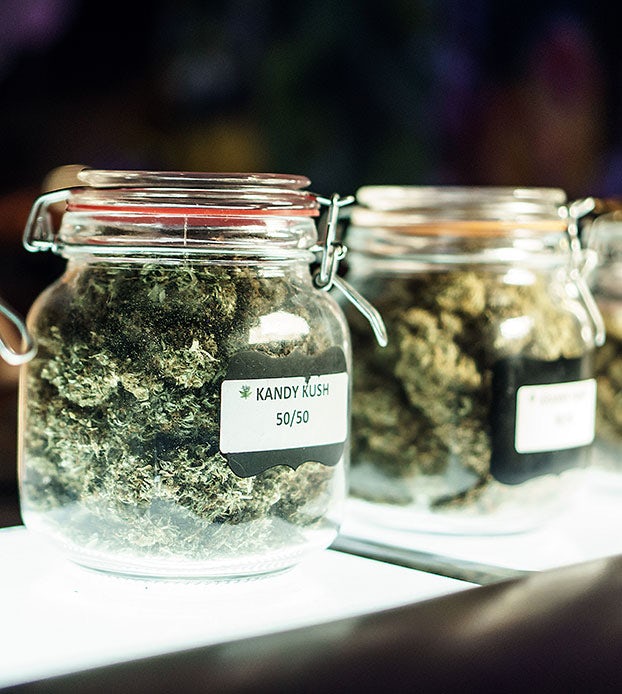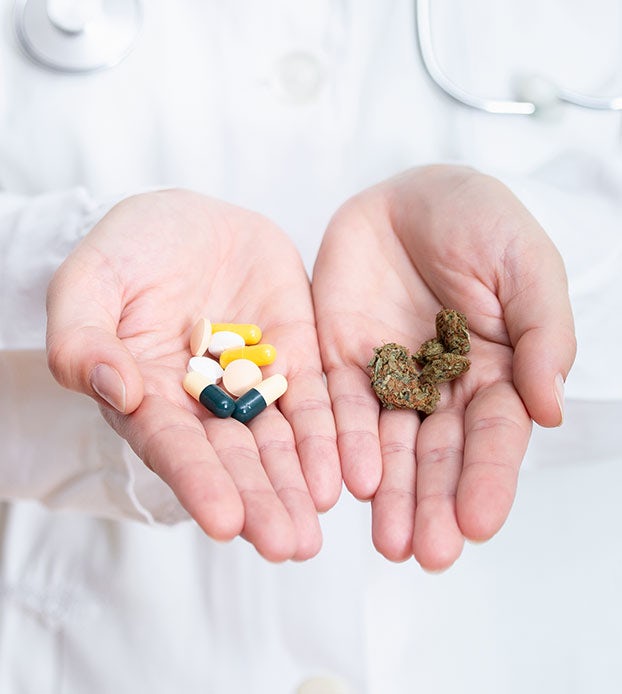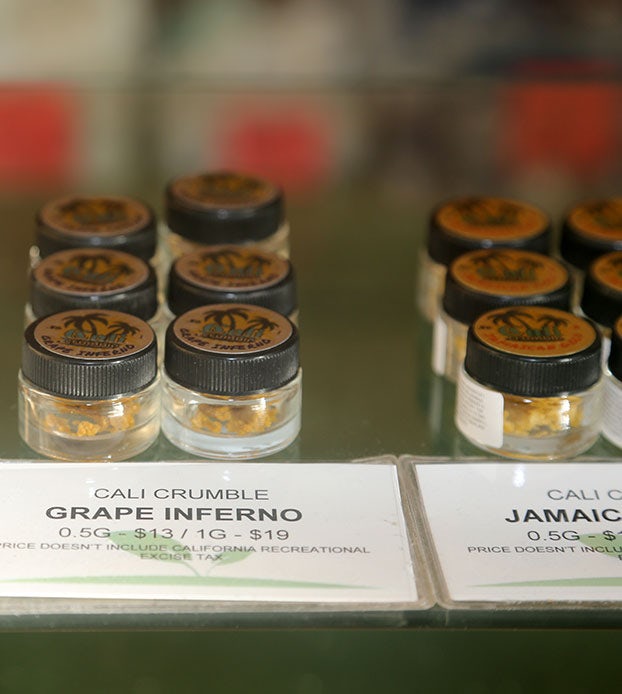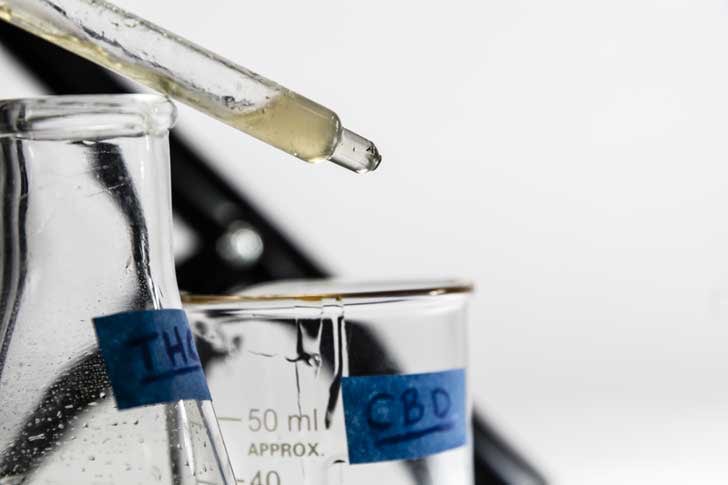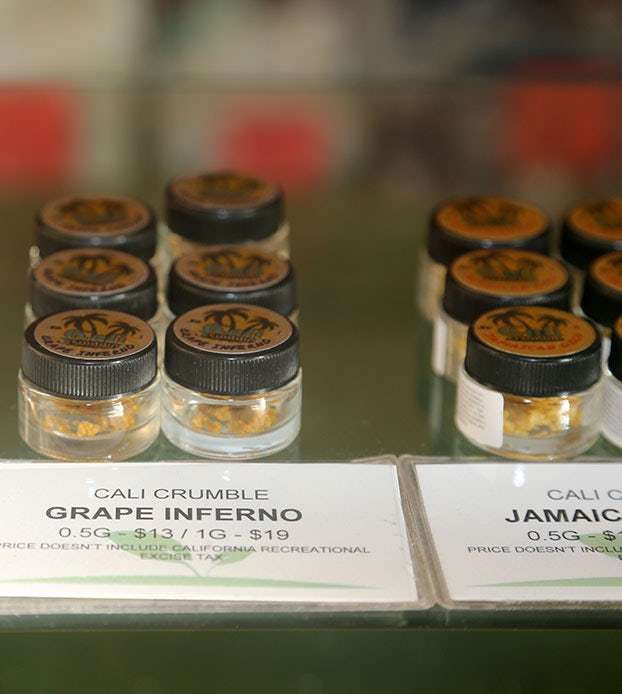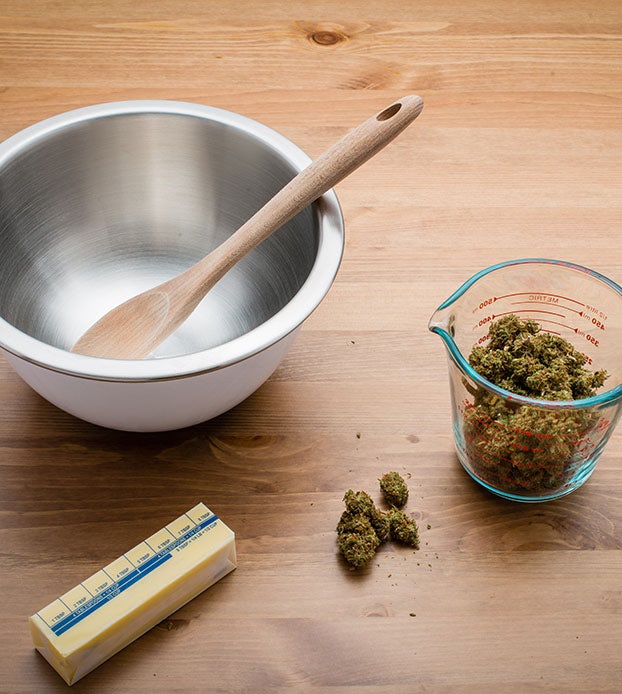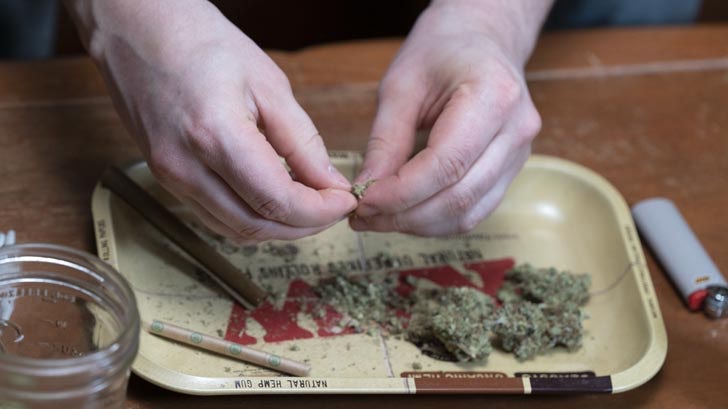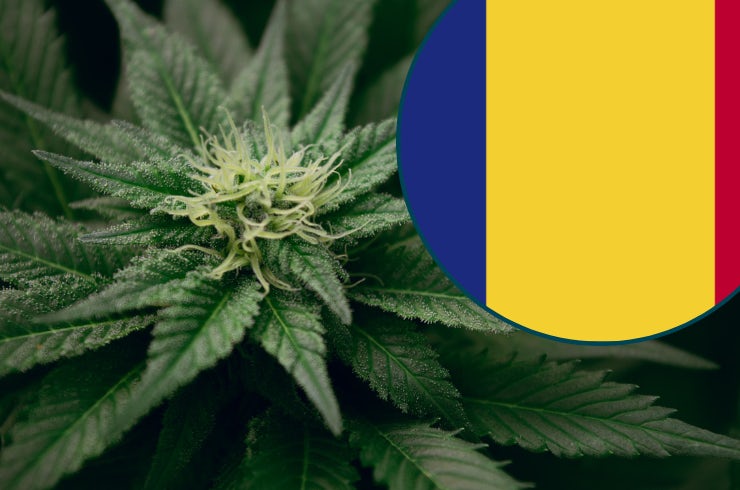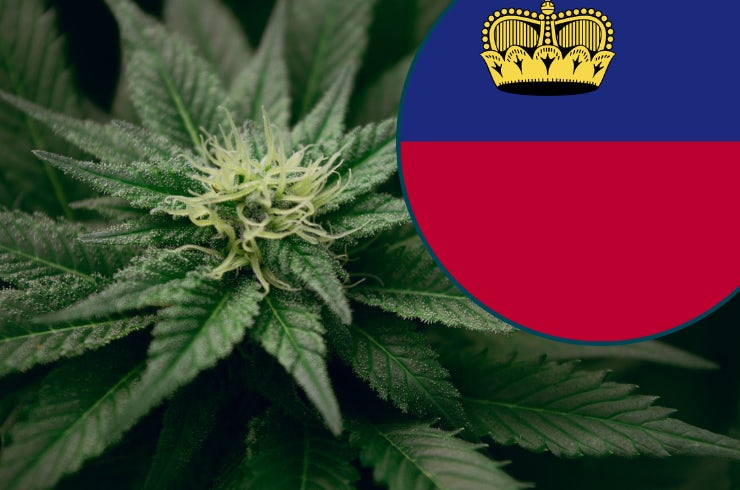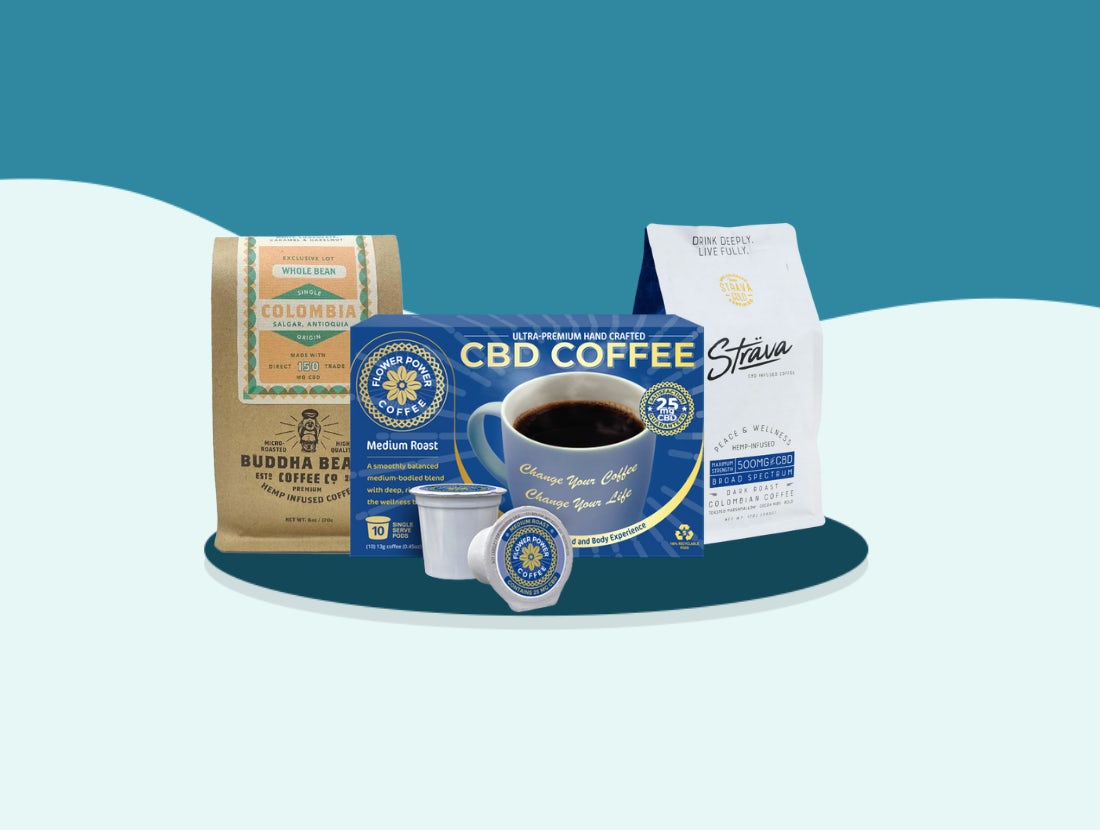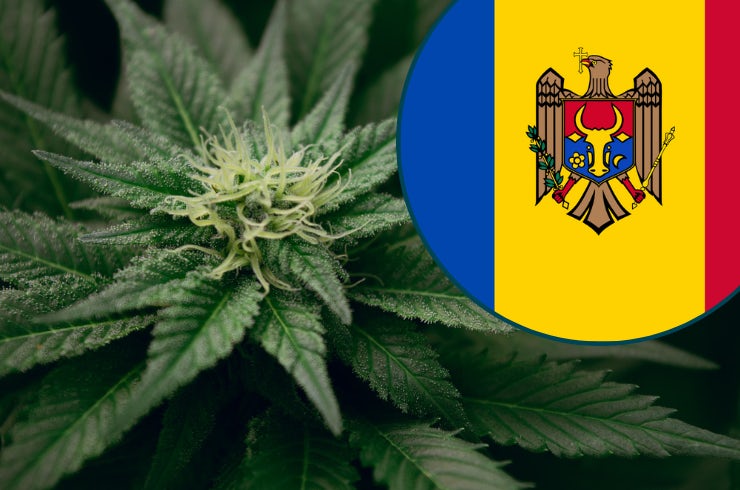Medical cannabis is a complex topic; never before has so much enthusiastic research been done on a topic once considered to be taboo. So understanding a few basic concepts is key to opening up a new world of medicine for you. Medical cannabis has been used to alleviate chronic pain, it can help ease depression or anxiety, and can be extremely helpful with PTSD. Whether you’ve already got a prescription or you’re just looking at the options, this article will outline various topics within the medical cannabis world to get you started. You can always learn more by clicking or tapping on the topic itself for a more in-depth review. Let’s dive in!
What is medical cannabis?
Medical cannabis is just regular cannabis—used to treat a range of medical conditions and ailments. Unlike illicit cannabis, plant products distributed for medicinal purposes are regulated, though these details vary from country to country and even state to state. The main criteria to label cannabis as “medical” is simply that it was prescribed to a patient by a licensed physician. This has become more common worldwide of late, with countries like Canada, Germany, Australia, Thailand, Israel, Italy, and (as of this writing) 33 US states legalizing medical cannabis.
Medical cannabis in the modern era
In the 1800s, cannabis was used experimentally by William O’Shaughnessy as a treatment for rheumatism and nausea in England and America. At the same time, psychiatrist Jacques-Joseph Moreau was experimenting on cannabis in France, finding that the plant’s psychoactive effects could help patients with migraines and, “chronic daily headaches.” This leads us to the 1900s, when cannabis was dubbed “marijuana,” and was then considered to be used by the lower class. Further, a campaign run by US government official Harry Anslinger in the 1930s criticized cannabis use, associating it with violent crime, psychosis, mental deterioration, and addiction. Despite this, medical research did not stop, and in 1964 Yehiel Gaoni and Raphael Mechoulam uncovered the chemical structure of THC, shifting the research being conducted from cannabis to cannabinoids, leading to the immense discovery of the endocannabinoid system in 1992. In 1961, marijuana was classified as a Schedule I drug, and was widely accepted to have no medical use. Fast forward to 1996 when California became the first US state to legalize medicinal marijuana use, and in April 2015, 23 more states legalized it as well. There are currently 33 US states who have legalized medicinal cannabis, and that number grows every year.
The cannabis plant and its compounds
It is rooted in mainstream cannabis culture that there’s a difference in the effects of the two main types of cannabis (Sativa being uplifting and Indica being relaxing). However, there is no scientific backing to the notion that the plants’ physical attributes affect the user in any way; not all Sativa strains have an uplifting effect, and not all Indica strains are relaxing. The latest research indicates that those effects are far more dependent on different compounds of the plant, such as “cannabinoids” and “terpenes.”
Cannabinoids: Two most common cannabinoids—and the best researched to date—are THC and CBD. THC is the chemical that stimulates hunger and has a psychotropic effect, and it’s also believed to help with nausea and pain. CBD isn’t intoxicating, rather, it helps alleviate numerous symptoms, which include: anxiety, pain, and inflammation. The balance between these two chemicals plays a role in how the different strains will affect the user. For example, a more THC-dominant strain might give you a stronger euphoric sensation (high), while a more CBD-dominant strain could produce more focused symptom relief. You can learn more about cannabis strains and how to choose one that’s good for you, here.
Terpenes are the compounds responsible for the fragrance of all plants and fruits—not just cannabis. It is this chemical that is responsible for all the smells of the cannabis strain you are considering. But terpenes also have another lesser-known function; research has shown that they are responsible for driving the effects of CBD and THC. For example, the terpene “myrcene” is helpful in aiding digestion, and “limonene” has been shown to reduce inflammation. This process is extremely complex, as there are many terpene types and each one affects the process differently.
Research
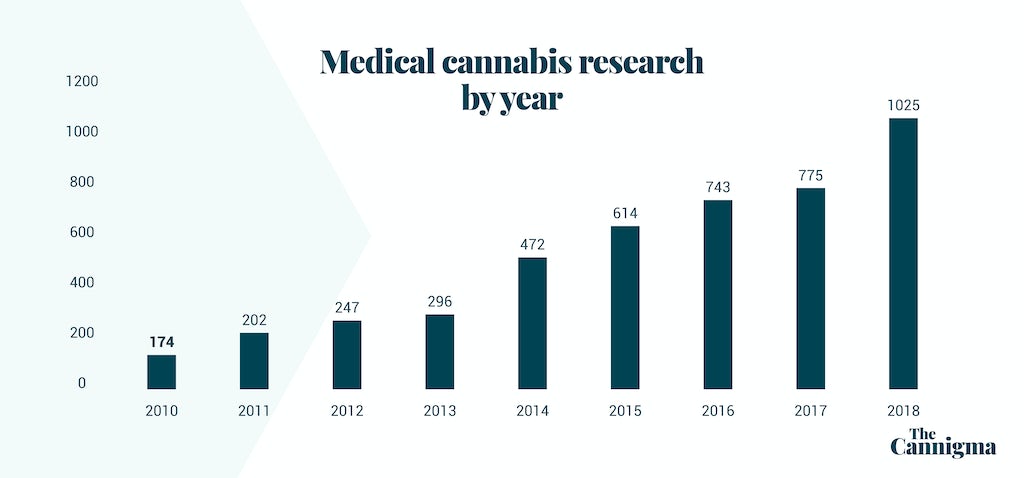
The incredible thing about cannabis is that we’ve only just scratched the surface in regards to scientific research. In 2010, only 174 medical cannabis articles were published; through July 2019, there have been 837 published articles on the subject. Every day there are new studies being released with various results, affecting how we view cannabis as a healing tool. You can find a collection of research here. Cannabis has been shown to help with pain relief, anxiety, nausea, inflammation, and can additionally be used as an antidepressant. Research has shown that THC can be very effective in helping sleep disorders, muscle spasms, and more. Research conducted on CBD has also proven to help with pain, anxiety, and inflammation.
Delivery methods
So, we’ve discussed medical cannabis, its history, and a basic overview of the plant and its compounds. The question you are probably asking yourself is, “But how do I take this medication?” There are numerous ways to consume cannabis with the most common being the inhalation method (smoking and vaping). Smoking offers many positives, but for a patient who doesn’t wish to smoke or vape, there are other options available that might better suit their needs. The first of these options is ingestion. This method uses everything from pills to powders to edible foods infused with CBD and/or THC compounds within them. The second of these options is the topical application of cannabis, which includes balms, salves, and creams. This application is more concentrated, often coming in 1-ounce jars with 250 milligrams of total cannabinoids. In addition, for patients with intense pain, receiving medical cannabis in a transdermal form could be the best option.
Regulation
If you’ve reached this point, you are probably wondering where and how you can get the cannabis products for you. This completely depends on which country you live in, and in the US which state, as each country has its own individual laws and regulations in regards to medical cannabis. In addition, each program covers different conditions, gives varying discretion to doctors. An example of this could be found in the US; if you are a patient in Alaska, you cannot use your medical card to purchase cannabis in California, but you can in Arkansas, while if you are a patient in Germany, you cannot use your permit in the UK. For location-specific regulation information, consult the medical cannabis regulation world map.
The world of medical cannabis has only recently been rediscovered as a means for people with various ailments to better treat them. Cannabis was used medically since 2700 BC, and throughout history to treat various illnesses when little else sufficed. Due to a misinformation campaign in the majority of the 20th century, the general public has been skeptical of cannabis as an effective means of treatment for various diseases. Rediscovering the benefits of cannabis as a healing method is looking like a breakthrough in medical sciences and in our basic understanding of the human mind. How cannabinoids and terpenes interact is one of the key areas researchers are trying to understand, and from that research will come even more ailment specific solutions that will help people worldwide.
As you can see, there’s a whole world, culture, and language to medical cannabis. But that doesn’t mean it’s hard to see results — or to get your license. Visit the Cannigma Medical to see how.
Sign up for bi-weekly updates, packed full of cannabis education, recipes, and tips. Your inbox will love it.

 Shop
Shop Support
Support